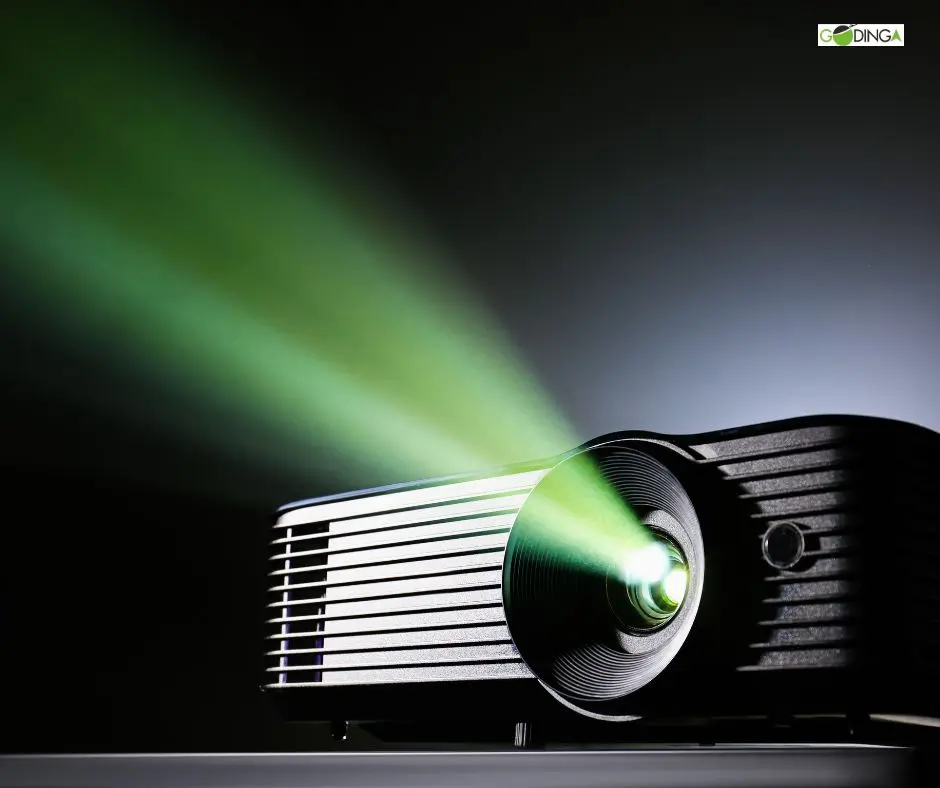
Projector with Mic and Sound
In wedding events, projectors with microphones and sound systems are crucial for enhancing the overall experience. Projectors display visual content like slideshows, videos, or live feeds, while microphones ensure clear audio for speeches, music, and announcements. Sound systems amplify the audio, ensuring it reaches all guests, and often include mixing consoles for managing multiple audio sources. Together, these elements create a dynamic and engaging atmosphere for the wedding.
Here's a more detailed breakdown:
Projectors:
- Purpose:Projectors display visual content on a screen or wall, allowing for presentations, slideshows, videos (like pre-wedding shoots or family history montages), and even live camera feeds during the ceremony or reception.
- Types:Wedding projectors range from compact, portable models for smaller venues to high-lumen projectors for larger spaces. Some may have built-in speakers, but often external sound systems are preferred for better audio quality.
- Features to consider:Brightness (measured in lumens), resolution (HD or 4K), portability, and connectivity options (HDMI, VGA, etc.) are key factors.
- Example:A projector might display a slideshow of the couple's photos during the cocktail hour, or a live feed of the ceremony for guests seated further away.
Microphones:
- Purpose:Microphones are essential for capturing clear audio during speeches, vows, and other important moments.
- Types:Wireless microphones (lavalier or handheld) are common for on-stage presentations, while wired microphones can be used for specific locations. Microphone placement is crucial for optimal sound capture.
- Features to consider:Sound quality (sensitivity, frequency response), wireless range (if applicable), and feedback reduction are important.
- Example:A microphone placed near the officiant will capture the vows clearly, while a microphone on a stand will be used for the best man's speech.
Sound Systems:
- Purpose:Sound systems amplify the audio from microphones, music sources (like DJs or live bands), and other audio equipment.
- Components:A typical sound system includes speakers, amplifiers, a mixing console (for controlling audio levels and sources), and potentially subwoofers for enhanced bass.
- Features to consider:Speaker power (wattage), clarity, and the ability to handle various audio inputs are important.
- Example:The sound system will amplify the music for dancing, the speeches, and any other audio elements, ensuring that all guests can hear clearly.
Integration:
- Synchronization:The projector and sound system need to be synchronized to ensure visuals and audio are perfectly aligned. For example, a video playing on the projector should have its audio playing through the sound system.
- Professional Setup:A professional AV (audio-visual) technician is often required to set up and manage the projector, microphones, and sound system, ensuring everything works seamlessly and is appropriately positioned for the venue and event.
- Troubleshooting:In case of technical issues, a technician can quickly diagnose and resolve problems, ensuring the event continues smoothly.
In essence, the projector, microphones, and sound system work together to create a dynamic and engaging wedding experience, allowing for both visual and auditory enjoyment for all attendees